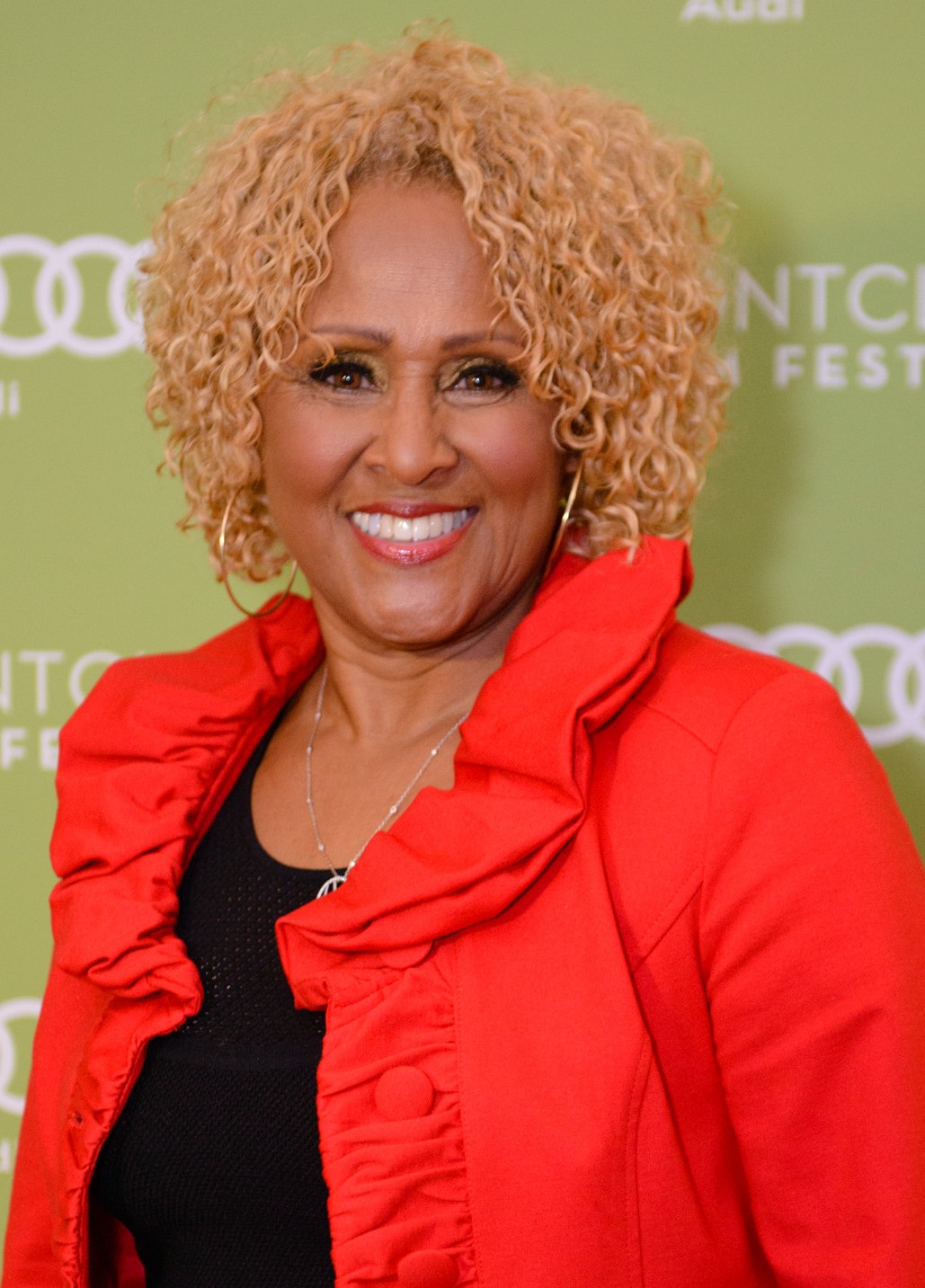
When the news broke that Hulk Hogan had passed away at 71, the news reverberated far beyond the wrestling universe. Fans grieved the loss of a cultural touchstone, but his death also stoked a wider critical discussion about heart health a subject that’s intimately personal and utterly pertinent.
While the actual cause of Hogan’s death continues to be explained, the moment has served as a reminder that heart disease is still the number one killer of men and women in America. It’s also an call to action: being aware of the warning signs, knowing the risks, and taking small but significant lifestyle changes can save lives.
From the intrigue of celebrity tales to the experts’ prevention advice, below are seven must-know facts to safeguard your heart and the hearts of your loved ones.

Identify the Early Warning Signs
Heart attacks do not always come with the Hollywood-induced, chest-gripping pain that on-screen victims suffer. Symptoms can be muted particularly in women and can crop up hours, days, or even weeks prior to occurrence. Common red flags are chest discomfort, shortness of breath, nausea, lightheadedness, and arm, back, neck, or jaw pain. The American Heart Association estimates that 64% of women who suddenly die of coronary heart disease had no prior symptoms. That’s why even an unfamiliar, persistent symptom must be treated seriously.

Learn How Symptoms Are Different for Women
Men tend to develop severe chest pressure that spreads to the arm or jaw, but women are more likely to have subtle symptoms such as unexpected fatigue, dizziness, indigestion, or back pain. Mayo Clinic Health System’s Dr. Chatura Alur adds that women also have unique risk factors, such as menopausal changes, complications during pregnancy, and psychological stress. These variations make women’s heart attacks more likely to be misdiagnosed or missed, postponing potentially life-saving treatment.

Master the Difference Between Heart Attack and Cardiac Arrest

A heart attack results from a blockage of blood flow to the heart muscle, whereas cardiac arrest describes the heart failing to beat effectively. As Dr. Bryan White of the American Red Cross explains, “One cause of the heart stopping is a heart attack.”. But not all heart attacks result in the heart stopping. Both are emergencies, but with different immediate actions needed CPR and defibrillation to respond to a cardiac arrest, and immediate medical treatment for a heart attack.

Draw Inspiration From Survivor Stories
Actresses such as Darlene Love, who had a heart attack at age 70, and model Madeline Stuart, who survived several open-heart surgeries, demonstrate the possibilities of recovery and success. Love kickboxes five times a week and eats heart-healthy today, and Stuart works out daily and operates a dance school. Their stories serve as evidence of the strength of lifestyle modifications and getting checkups Stuart’s stage 4 heart failure was diagnosed only during a regular check-up.

Understand Your Individual Risk Factors
Certain risks such as age, gender, and family history cannot be altered. Others, however, like high blood pressure, high cholesterol, smoking, obesity, and lack of exercise, are within your power. Coronary artery disease is responsible for most heart attacks, and controlling these modifiable risks significantly reduces your risk. For women, reproductive history and such conditions as endometriosis or preeclampsia can also be strong predictors of future cardiovascular issues.

Act Fast Every Minute Counts
If you think you’re having a heart attack, call 911 right away. Do not drive yourself to the hospital if there’s another way to get there. Until help arrives, chew an aspirin if instructed by a doctor, and rest to prevent overworking the heart. If someone falls down and is not breathing, begin 100–120 compressions per minute hands-only CPR and apply an AED if one is present. Quick action can save lives or be the cause of tragedy.

Establish a Heart-Healthy Lifestyle

Prevention is a strong tool. It’s what the Mayo Clinic and American Heart Association encourage: don’t smoke, follow a diet that’s full of fruits, vegetables, lean meats, and healthy fats, and engage in at least 150 minutes of moderate physical activity per week. Stress management, sleeping 7–9 hours per night, and maintaining blood pressure, cholesterol, and blood glucose in balance are just as crucial. As Dr. Michelle O’Donoghue of Mass General Brigham stresses, women and men might require different diagnostic and treatment strategies so support care that addresses your individual needs.
Hulk Hogan’s passing is a wake-up call that heart disease respects neither fame, nor age, nor athletic ability. By understanding the warning signs, knowing individual risk factors, and taking preventative measures, anyone can decrease their likelihood of becoming another statistic. Perhaps the greatest tribute to his memory is to use this as an opportunity to guard our own hearts and the hearts of our loved ones.


